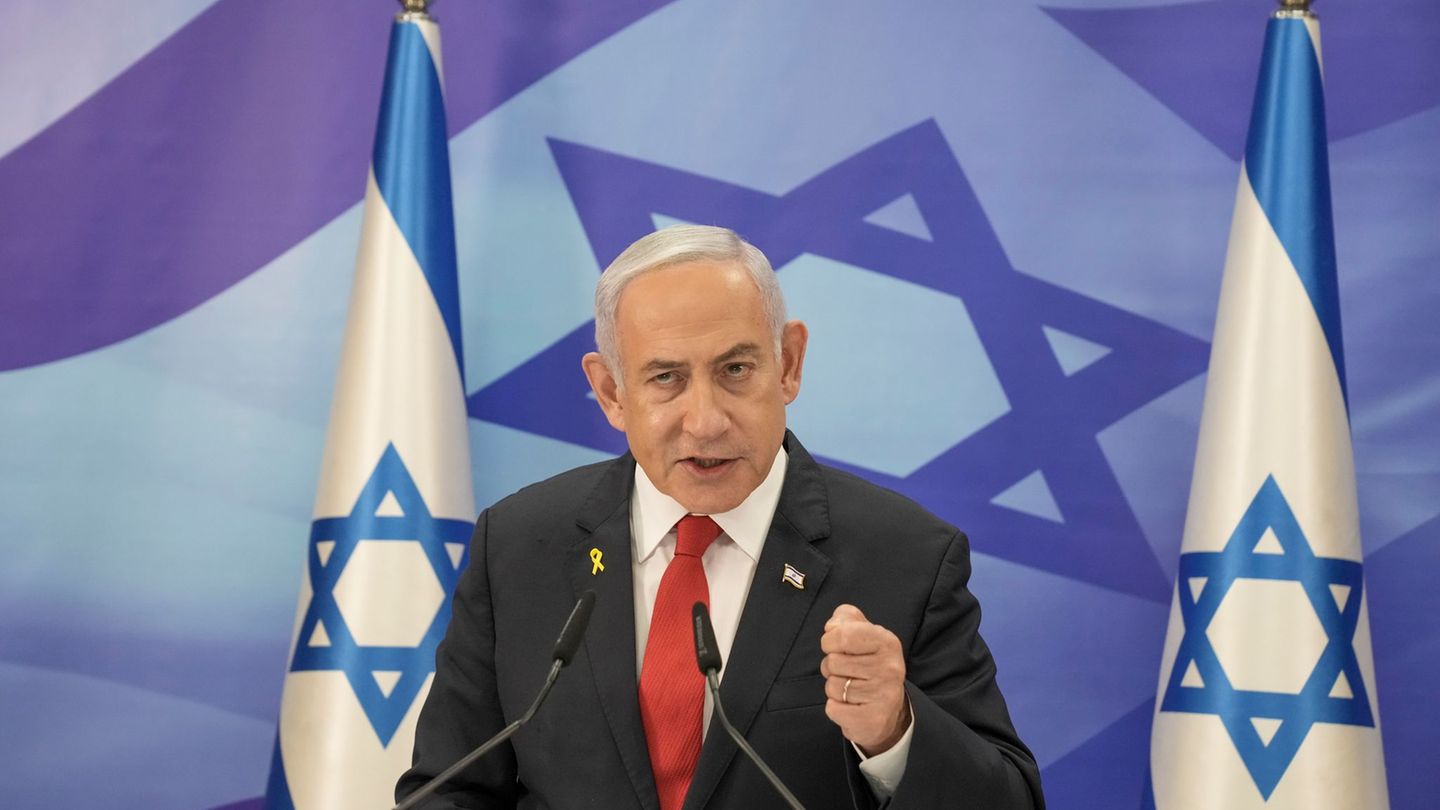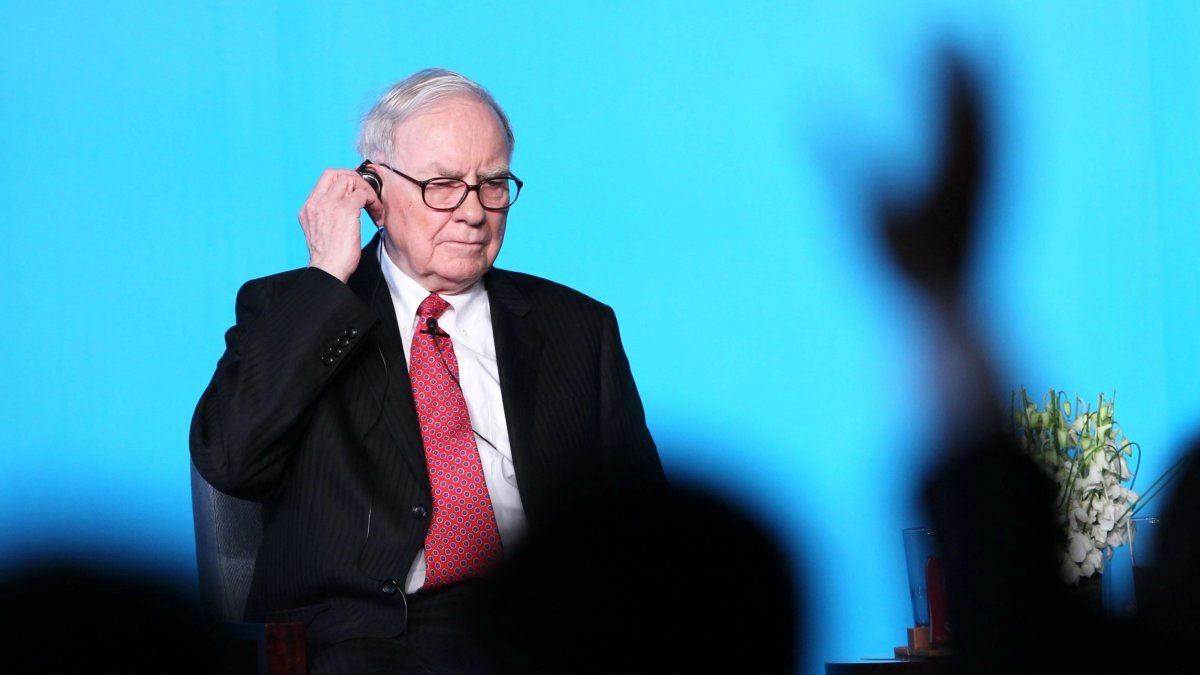Middle East
Gaza deal is in place – what has been achieved, what happens next?
Copy the current link
Israel fought in the Gaza Strip for 15 months. From Sunday the guns will be silent. What has been achieved with the agreement – and how it came about.
For months, efforts by the United States, Egypt and Qatar to use indirect negotiations to persuade Israel and Hamas to agree to a ceasefire and the release of hostages against Palestinian prisoners. Now the breakthrough came. Here are the most important questions and answers:
What does the agreement mean for Israel – and what for Hamas?
If the ceasefire that has now been agreed for six weeks also ushers in a longer-term end to the war, there is still unlikely to be any kind of winner. Israel has not achieved its war goal of completely destroying Hamas, nor will all of the hostages be freed as a result of this agreement.
The Islamist Hamas, which describes itself as a resistance movement against Israel, has lost its most important leaders and largely control in Gaza. The biggest losers and sufferers of the war are undoubtedly the hundreds of thousands of affected civilians in Gaza as well as the hostages held by Hamas and their relatives. For all of them, the agreement means hope for an end to the suffering.
But Israeli society as a whole is also divided and traumatized by the massacre by Hamas and other extremists from the Gaza Strip in Israel on October 7, 2023 and the longest war in the state’s history. And the hope of many Israelis that the Palestinians and their demands for their own state can simply be ignored has proven to be deceptive.
In addition, Israel’s reputation has suffered greatly in many parts of the world. Since it is questionable whether an agreement will be reached on the release of the remaining hostages in the second phase of the agreement, there are also accusations against Israel’s Prime Minister Benjamin Netanyahu that the current agreement has left the remaining hostages in the lurch.
How stable is the agreement?
The agreement is on shaky ground – if only because the Israeli government and Hamas have vowed to destroy each other. Given the deep mistrust, it remains to be seen whether both sides will stick to the agreed steps for weeks and whether certain passages will be interpreted differently. On the other hand, there is a great longing in both populations for the weapons to be silent after 15 months of war – war weariness could therefore have a stabilizing effect.
Who should govern in the future?
Israel and Hamas are far apart on the question of who should govern the largely destroyed Gaza Strip in the future. Israel categorically rejects any further rule by the Islamists and threatens to resume the fight until the power of the already decimated Hamas is finally broken. Hamas, on the other hand, wants a guarantee that the war will end – probably also in order to reposition itself and regain its old position of power. It would also have to be clarified who should take over and finance the costly reconstruction in a third phase of the agreement that will last two to five years.
During the 15 months of war, Israeli Prime Minister Netanyahu has never outlined exactly how he envisions a future government in the Gaza Strip. He just always emphasized that Hamas had to be disempowered and smashed.
Outgoing US Secretary of State Antony Blinken outlined his plan for the future of the Gaza Strip this week. The following principles are central: Firstly, a government led by Palestinians that unites the Gaza Strip with the West Bank and is subordinate to the local authority. On the other hand, there should be no long-term military occupation of the Gaza Strip by Israel, nor any reduction in the size of the Gaza Strip, nor any attempts to besiege or block it after the conflict.
Did Donald Trump’s threats work?
The impending change of power in Washington may have been a factor in the progress in the negotiations. The government of US President Joe Biden has always stood by Israel, but has also increasingly criticized the conduct of the war in Gaza. US President-elect Donald Trump, on the other hand, is known as an ally of Netanyahu and it is questionable to what extent his government would put the Israeli government in its place. Against this background, his threats to Hamas were to be taken seriously.
The Republican had said that “all hell would break loose” in the Middle East. It will “not be good for Hamas and, frankly, it will not be good for anyone” if the kidnapped hostages are not back by his inauguration next Monday.
In any case, a battle for the sovereignty of interpretation has now begun in the USA. Trump credited the breakthrough with his achievements. His election victory signaled to the world that his administration would pursue peace and negotiate agreements to ensure the security of all Americans and allies. “We have accomplished so much without even being in the White House,” he wrote on his online platform Truth Social.
Asked about Trump wanting to take credit for the deal, Biden said the framework for the agreement was exactly the one he proposed in May. However, he always instructed his negotiating team to coordinate closely with Trump’s team to ensure that the USA spoke with one voice. White House representatives had previously emphasized that the Trump team had been continuously informed about the talks in Doha, but that only the Biden government had negotiated.
dpa
Source: Stern
I have been working in the news industry for over 6 years, first as a reporter and now as an editor. I have covered politics extensively, and my work has appeared in major newspapers and online news outlets around the world. In addition to my writing, I also contribute regularly to 24 Hours World.




